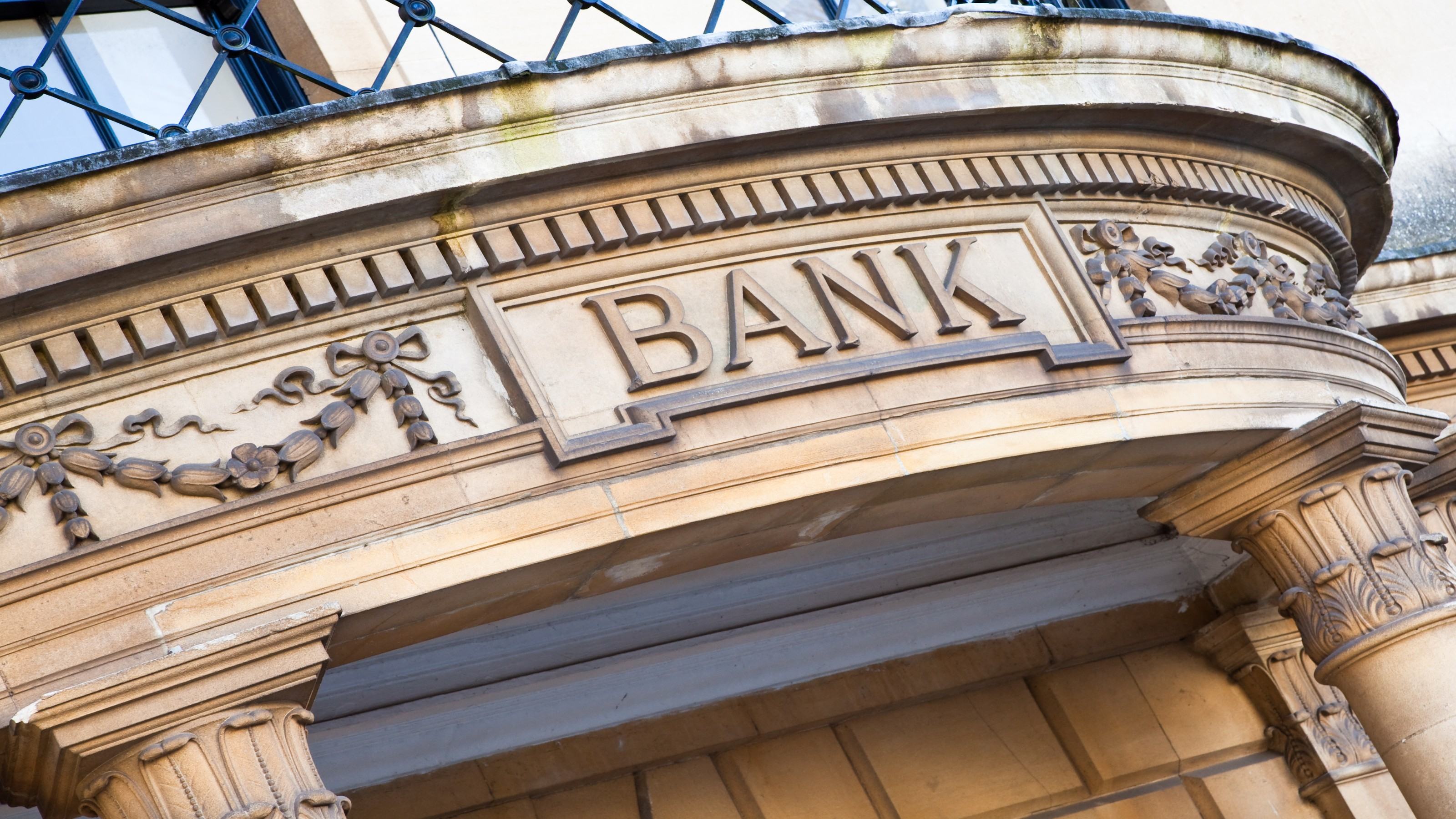
Large banks provide vast ATM networks, advanced technology and a wide array of products. But when it comes to interest rates on savings accounts, they’re often overshadowed by small banks and credit unions. While a number of local institutions and internet banks recently offered rates of 5% or more on savings accounts and money market deposit accounts, interest rates on some large banks’ accounts have barely budged since the Federal Reserve Board started hiking short-term rates in March 2022.
A 2023 research paper published by the UCLA Anderson School of Management concluded that customers of large banks are willing to accept low rates on their savings in exchange for other benefits large banks provide. Small banks are compelled to offer higher rates on deposits in order to stay competitive, the economists found.
The economists also concluded that customers of small banks are more price-sensitive than large-bank customers, who typically have higher incomes and live in urban areas. Small banks and credit unions tend to charge lower fees for monthly account maintenance and overdrafts, too.
Large banks have also benefited from inertia, says Ken Tumin, founder of DepositAccounts.com, a website owned by LendingTree. Many customers of large banks don’t pay attention to what they’re earning on their savings after they open an account, providing little incentive for banks to raise rates, he says.
If you’re looking for a higher yield on your savings, check out accounts from internet banks, which offer many of the best deals. These institutions can offer extremely competitive rates because they don’t have to spend money on brick-and-mortar branches.
You can compare current rates on savings accounts by using the tool below.
The Fed left interest rates unchanged at its March meeting but signaled that it will likely cut rates later this year. If that happens, institutions of all sizes will lower their rates, too. Look for rates on high-yield online accounts to fall first, Tumin says. Some online banks have already reduced rates on certificates of deposit in anticipation of a Fed rate cut.
Fortunately, there’s no need to pledge fidelity to one bank or credit union. You may choose, for example, to locate your checking account at a small bank or credit union that doesn’t charge a monthly fee and invest your emergency savings in a high-yield online savings account.
Choosing the right credit card
Generally, interest rates on credit cards from small and medium-size banks and credit unions are lower than rates on cards issued by large financial institutions, even for borrowers with good credit, according to a recent analysis by the Consumer Financial Protection Bureau. For example, the median interest rate for people with good credit was 28.20% for large credit card issuers compared with 18.15% for small issuers, according to the CFPB.
While that’s a significant difference, carrying a balance on a credit card with an 18% interest rate is no bargain, says Ted Rossman, senior analyst for CreditCards.com. Before March 2022, when the Federal Reserve Board embarked on a series of rate hikes in an effort to throttle inflation, it was possible to find credit cards that charged as little as 6% or 7%, but that’s no longer the case, he says.
Use the tool below to compare fast, personalized credit card offers.
Instead of hunting for a low-rate credit card, Rossman says, endeavor to pay off your card’s balance every month so that you avoid interest altogether. Consumers who don’t carry a balance can come out ahead with the numerous perks that rewards credit cards from big banks offer, such as frequent-flier miles and cash back on a variety of purchases. (Kiplinger keeps a list of our favorite rewards cards).
While the CFPB found that credit cards from large banks were more likely to charge annual fees, there are plenty of major credit cards — including some with generous rewards structures — that charge no annual fee.
Big banks are also more likely to offer balance-transfer deals with an interest rate as low as 0% for a specific period. While these offers provide a way to reduce the interest you pay on your debt, they make sense only if you pay off the balance before the 0% window expires. Otherwise, you’ll likely end up paying a double-digit rate on the remaining balance.
How to break up with your bank
Switching to a bank or credit union that offers a higher yield on your savings could significantly increase the amount of interest you earn. However, the process may take several weeks.
What you need to do:
- Open the new account before closing the old one. You may be able to do this online. Make sure your initial deposit is large enough to avoid low-balance fees.
- Contact your employer (or the Social Security Administration, if you’re receiving benefits) and arrange to have direct deposits switched to your new account. Make sure you include all accounts, such as TreasuryDirect, that deposit funds periodically.
- Contact all providers, such as utilities and streaming services, that debit your account, and provide them the information for your new account. If you use your bank’s bill-pay service, cancel the bill payments at your previous bank’s site and enroll at your new bank’s site.
- Make sure all automatic payments and outstanding checks have cleared before closing your old account.
Note: This item first appeared in Kiplinger's Personal Finance Magazine, a monthly, trustworthy source of advice and guidance. Subscribe to help you make more money and keep more of the money you make here.







